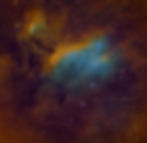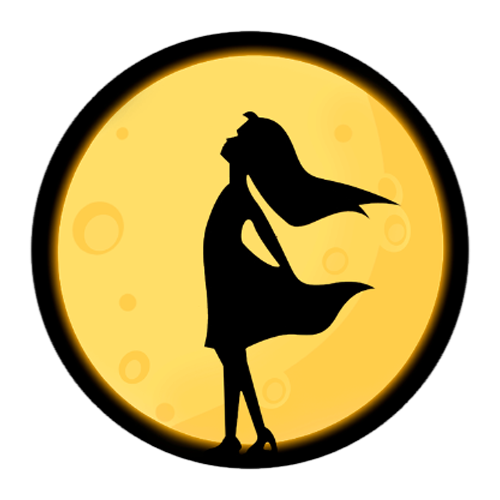Unravelling the Mysteries of the Prawn Nebula
- Katherine Miller
- Aug 21
- 2 min read

Let me introduce you to one spicy cosmic crustacean: IC 4628, better known as the Prawn Nebula. It’s big, it’s bold, and it’s glowing like it just stepped out of a radioactive spa day. Tucked away in the constellation Scorpius, this HII region is cooking with hydrogen gas and newborn stars. And yes—it's shaped like a prawn. A space prawn. Australia, mate, we even have cosmic seafood.
This deep-sky target is about 6,000 light-years away and spans over 250 light-years across, making it one of the chunkiest emission nebulae in our galactic backyard. It’s part of the Scorpius OB1 association—a stellar nursery bursting with hot, young O- and B-type stars throwing tantrums and ionising the surrounding gas. The result? A vibrant nebula that glows fiercely in Hydrogen-alpha, with swirls of Sulphur and patches of Oxygen.
How I Captured the Cosmic Crustacean
This one was a labour of love (and late nights, snacks, and swearing at clouds). I set up shop in my Bortle 5 backyard north of Brisbane, where light pollution is just annoying enough to make me question my life choices, but not enough to stop me from chasing photons.
Gear-wise, I used my trusty:
Sky-Watcher Quattro 150P – fast, fierce, and fab for widefield
ZWO ASI 533MM Pro – monochrome beauty with stunning detail
Antlia 3nm SHO filters – like sunglasses for your scope but way nerdier
Sky-Watcher Wave 100i mount – silent but deadly accurate
Captured over several nights (aka whenever the weather gods stopped trolling me), I stacked hours of data across Sulphur II, Hydrogen-alpha, and Oxygen III. Then came the fun part: turning monochrome subs into full technicolour using PixInsight and my favourite SHO pixelmath combos. I threw in some curves, Starnet wizardry, and colour-mapped it to show off those spicy shrimp vibes in neon hues.
So, Why Bother with a Prawn?
Because it’s bloody gorgeous, that’s why.
IC 4628 is criminally underrated, especially when people get distracted by Carina or M8. But this stellar nursery has attitude. It’s got contrast, it's got depth, and when framed just right, it looks like it's surfing through the cosmos on a sea of ionised gas.
And for my fellow Aussie astrophotographers, this target is perfectly placed in winter. It rises high in the sky around June–August, and is visible all night long. You don’t even have to stay up till stupid o’clock to catch it. Chuck it on your imaging list next time you’re out under clear skies, you won’t regret it.
Fun Fact: Why SHO?
The Prawn Nebula is rich in Ha, OIII, and SII emission, making it a dream for narrowband imaging. SHO palette (also known as the Hubble Palette) assigns:
SII → Red
Ha → Green
OIII → Blue
But you know me—I like to bend the rules. A bit of creative remapping and colour tweaking turned this deep-sky target into a glowing marvel worthy of a retro arcade machine.
Want to Snap the Prawn Yourself?
Best months: June to August (southern hemisphere)
Focal length: 300–600mm is primo for full nebula framing
Exposure time: Stack 'em high—10+ hours will make that shrimp sizzle
Tip: Ha is strongest, so start there. Add SII and OIII for flavour.
